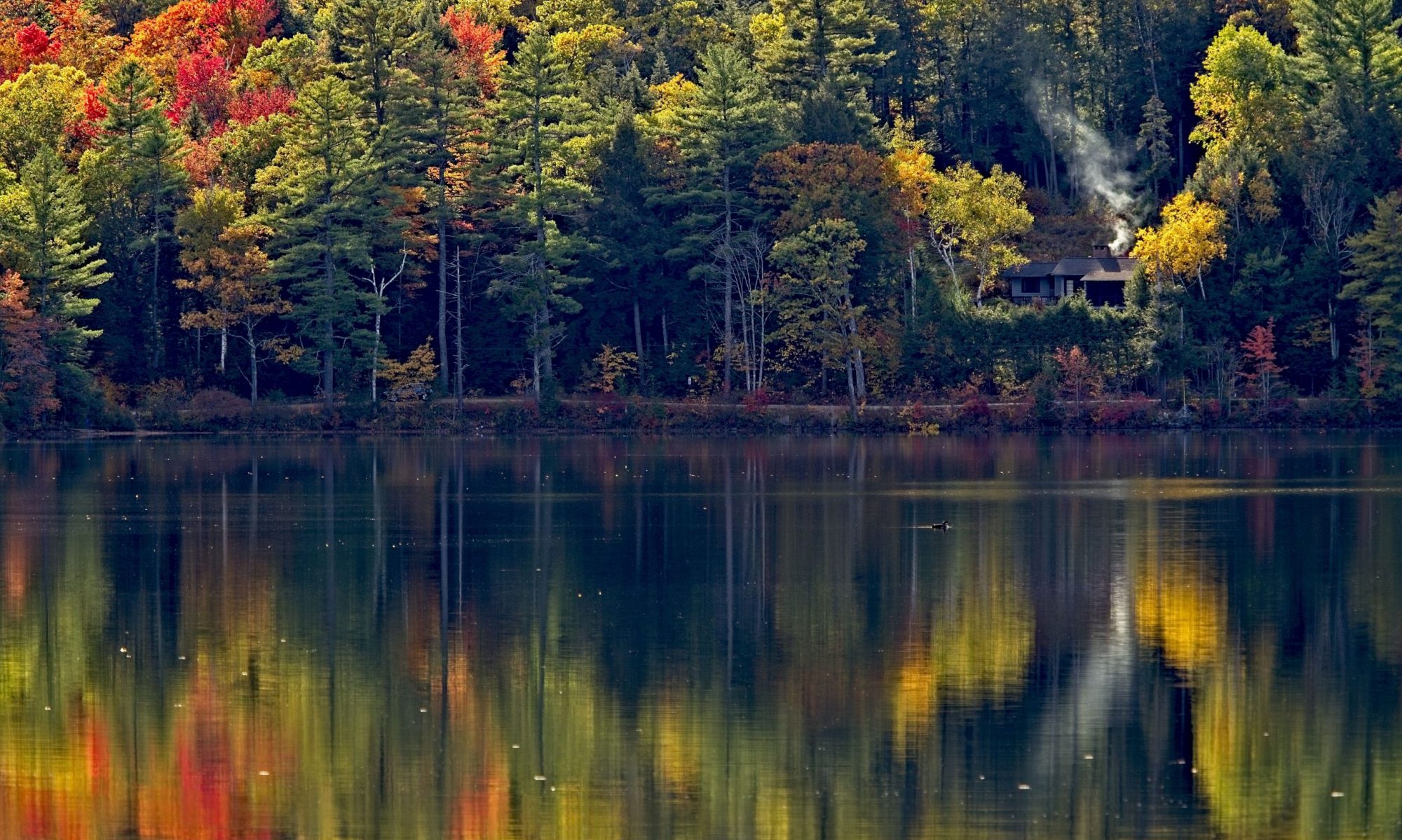Maybe I’m alone here, but I still have occasion to install Windows 7 from time to time. For a while, that was no big deal; Install the OS, update, update, update and you’re good to go. Lately though, the process has become far more cumbersome. Not only does the process take ages to complete, but when you’re done its always nagging you to update to Windows 10. What follows is my process for getting this done without too much hassle.
Firstly, I’ve not created anything new here. I’ve simply found a series of tools and bit of information online that helped me along the way so I’m compiling it here for my future benefit.… Click here to read more!
